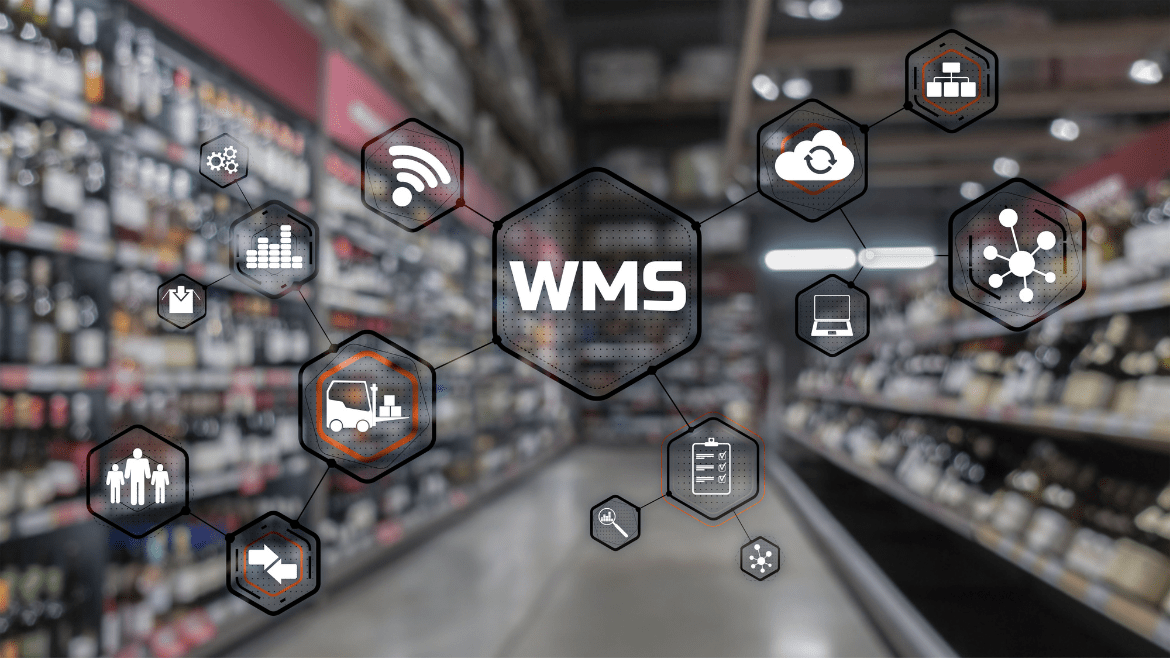Here we will discuss today on ‘Which modeling solution would be used to test a designer-specified series of warehouse locations?’
Model resolution is often utilized in design analysis, where it is crucial for analysts to know the input data type and output data type. The nature of this analysis will determine which model is needed. The use of numerical values in a model is common in many areas of industry. There are different types of modeling tools available for this, with each one having its own advantages and disadvantages.
The two common modeling tools
This example looks at the use of two common modeling tools, cellular automata, and Monte Carlo simulation, to test a designer-specified series of warehouse locations. Using these two methods provides valuable insight into how different models perform under different circumstances.
This information can be useful in the real world by leading to better decisions about the next steps in the design process. It is also useful for problem-solving in the design process itself by highlighting issues that you might have forgotten about.
What are cellular automata, and how does it work?
The standard model of cellular automata (CA) is a simple system of interacting units called cells which are capable of producing any of a large number of possible states, known as bit patterns. Each cell is governed by a set of rules which determine the states it can adopt and the probability of each. The rules also allow for evolution along the timeline. There are many different ways of structuring the rules, but they are all equivalent in the sense that they form a system for generating patterns.
What is Monte Carlo simulation, and how does it work?
Monte Carlo (MC) simulation uses random numbers to generate random events within a model. The simulation is based on the principle of “what if” – the rules of the model are applied and random numbers are used to determine how they will be used, and what the outcome will be. These events continue until the logic of the model has been fully applied, or hit a stopping condition.
The two different simulation types mentioned above are often confused with each other because both can use randomness to simulate a set of events based on a set of rules. However, while the MC method is unaware of the structure it is simulating, a CA model knows precisely what it is simulating and cannot make random decisions.
The main difference between CA and MC models is that while a CA model doesn’t know what will happen next, an MC model does. This means that a machine could be simulated by a CA model, but not by an MC model.
This example will look at how the two methods are used to test a specific series of locations for each model type. To compare the performance of the different types the results of this simulation will help us.
The modeling process
The objective of using these two models is to simulate warehouse locations to test their performance under different conditions. These tests are designed to look at how physical locations interact with the design and point out possible issues in the design.
The process will go through several iterations of creating new models, testing them, changing the rules of the model, testing again, and repeating until there is no further improvement in performance.
The different models for this example are all similar in that they consist of a set of warehouses randomly placed around Australia. The actual locations and size of the warehouses are specified by the designer, and these locations will be referred to as “design locations” or simply “designs”.
For each design, we will be discussing how each model performs in two scenarios: one where there is a large number of warehouses to consider (the objective), and another where there are a small number of warehouses to consider (the constraint). In both scenarios, the primary goal is to predict the performance of each design under different conditions.
The warehouses used in the model will be placed in a specific location as follows:
These rules will be used to test each model as there is some evidence to suggest that they produce the best results. This example considers the ‘Euclidean’ rule. It is the most accurate option. It was discussed earlier how only one rule set would be used, but a different one could also be tested if desired. The other rules could be tested if desired, and any differences between their results and the results of the Euclidean rule could be considered as well.
The following example demonstrates how each method is used to simulate four different warehouse layouts:
As you can see from the examples above, the different simulations produce very different results. This will allow for a much more complete analysis of each model than if only one simulation was run.
The results
The final set of models will be used to investigate further. This is to help identify the advantages of each model type and provide better insight into how to make better decisions in the design process.
The three main steps to identifying the best modeling solution are:
1) determine the input data type,
2) determine the output data type expected by the design analysis,
and
3) identify which model is needed. I prefer using customer distribution for this analysis because results can be easily understood by human beings.
Frequently asked question
What is the company’s decision to use modeling as a solution for testing warehouse locations?
This modeling solution is portable, can be implemented in existing systems, and create activity-based warehouse locations. Furthermore, the software used will allow optimization for any addressable customer location on the map.
What are some of the limitations of modeling warehouse location strategies?
There are many limitations of modeling warehouse location strategies. Companies can face difficulties when using their previous data to make projections about new sites because data changes over time.
What is another warehouse modeling solution besides the one proposed by the company?
Another warehouse mapping solution can use a location-specific database, which collects and updates data as new delivery windows occur. Using such a solution, the user can create a generalized model for all locations based on the general models required for strategic planning.
What is the company’s decision to use modeling as a solution for testing warehouse locations?
The company has decided to use modeling for testing its warehouse locations because it provides different advantages like creating many locations according to business need, portable, location-based warehouse model can be implemented in existing systems.
What are some limitations of location-based warehouse model strategies?
The limitations associated with location-based warehouse model strategies are:
- companies might not be able to optimize for any addressable customer locations on the map.
- the model might not be portable
Furthermore, companies can face difficulties when using their previous data to make projections about new sites because data changes over time.
Conclusion:
This post was written to help readers better understand these two models. If you are interested in finding out which modeling solution would be used to test a designer-specified series of warehouse locations?
The answer is Monte Carlo Simulation. Monte Carlo Simulation allows users to run simulations on various warehouse layouts before finally picking the one that will help them minimize their risk exposure. This simulation process is usually undertaken with the use of computer software for logistics modeling or engineering optimization packages.
You can also read:
1. How much does a waste management logistic rep make
2. What is the economy of repetition in logistic and transportation management
3. What is warehouse management system









